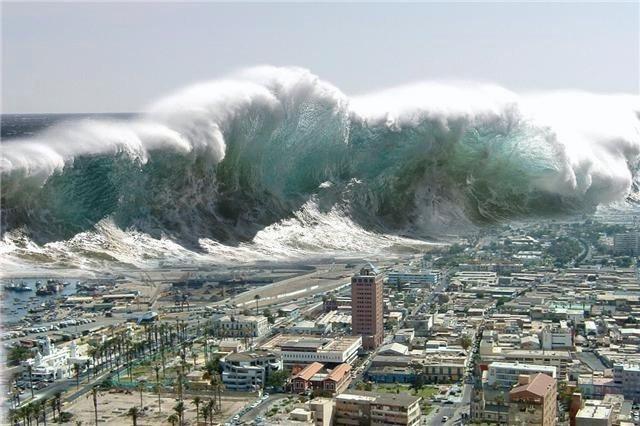Is the Tsunami Warning System Adequate?
We have been approached by a number of residents on the matter of tsunami sirens or the lack of them. This issue was actually raised before the recent South Island earthquake so is not a knee jerk reaction. We post a submission received from one resident and we would appreciate comments.
SUBMISSION
It will take a disaster and significant loss of life before we take the threat of tsunamis seriously. It may not happen in our lifetime or it could happen tomorrow.
We have heard from some that we are protected by the Hauraki gulf islands. This is not a fact. Waiheke could actually act as a magnifying glass and combine the waves that come around it’s ends to amplify the resultant wave action!
Cellular texts is not the answer and will not work at night when people are sleeping and certainly not for the elderly who do not text. But, as a temporary stop gap this would take only one week to program the cellular provider’s computer to send a pre-set message to all users in range of selected cell towers defining the area of alert.
Sirens are not costly at $6,000 each installed on existing infrastructure. These can be activated individually by radio, cellular or satellite based on area of alert. Sirens were installed and still exist by the Rodney and Waitakere Councils before amalgamation into the Auckland Super City. There also installed at numerous locations around the country including Pauanui.
The Civil Defence which relies on government funding want to placate us with a tsunami warning based on cellular texts. Their explanation is that we are not capable of understanding the following signals:
1. Alert signal (dash – dash – dot – dot) sounded for 15 minutes
2. Evacuate signal (dot-dot-dot) sounded in continuous burst for 15 minutes
3. All clear signal (a continuous tone for five minutes)

Flatmate vacancy Farmcove
If anybody's looking for or if you know someone looking ,I have a double room available now in Farmcove ,3 minute walk to Farmcove shops
Regards Gary 02745383284
Poll: Are our Kiwi summer holidays helping us recharge, or holding the economy back? ☀️🥝
There’s growing debate about whether New Zealand’s extended Christmas break (and the slowdown that comes with it) affects productivity.
Tracy Watkins has weighed in ... now it’s your turn. What’s your take? 🤔

-
73.3% We work hard, we deserve a break!
-
15.9% Hmm, maybe?
-
10.8% Yes!
Brain Teaser of the Day 🧠✨ Can You Solve It? 🤔💬
How many balls of string does it take to reach the moon?
(Peter from Carterton kindly provided this head-scratcher ... thanks, Peter!)
Do you think you know the answer? Simply 'Like' this post and we'll post the answer in the comments below at 2pm on the day!
Want to stop seeing these in your newsfeed? No worries! Simply head here and click once on the Following button.







 Loading…
Loading…

